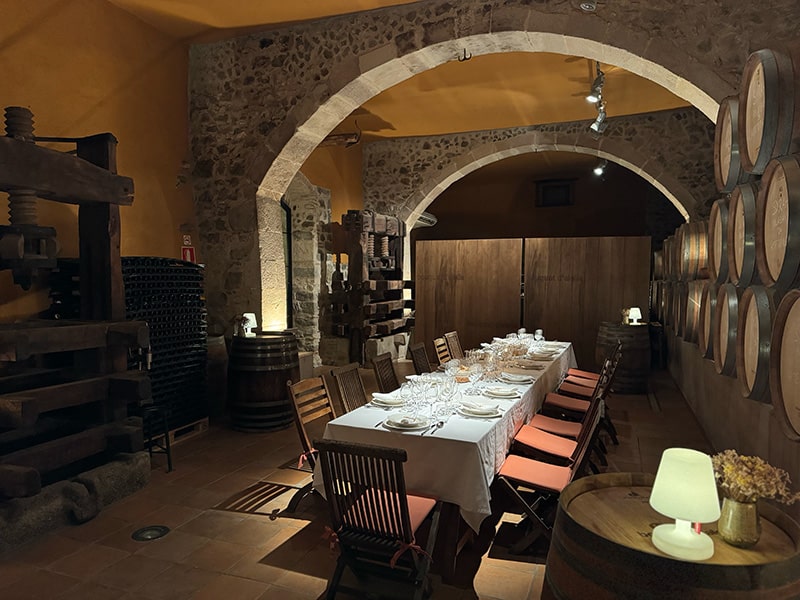Premium World Wine Seminar at Bouquet d’Alella
Last weekend, among the sun-bathed vineyards of the boutique winery Bouquet d’Alella, I had the pleasure of guiding an extraordinary audience through a Premium World Wine Seminar, a journey that crossed continents, latitudes, and centuries of winemaking heritage. The goal: to understand the soul of great wines by decoding the connection between terroir, viticulture, winemaking, and sensory expression.
The tasting unfolded as a narrative, each glass a new chapter in the story of how place, people, and time intertwine to create the world’s most distinctive wine styles.
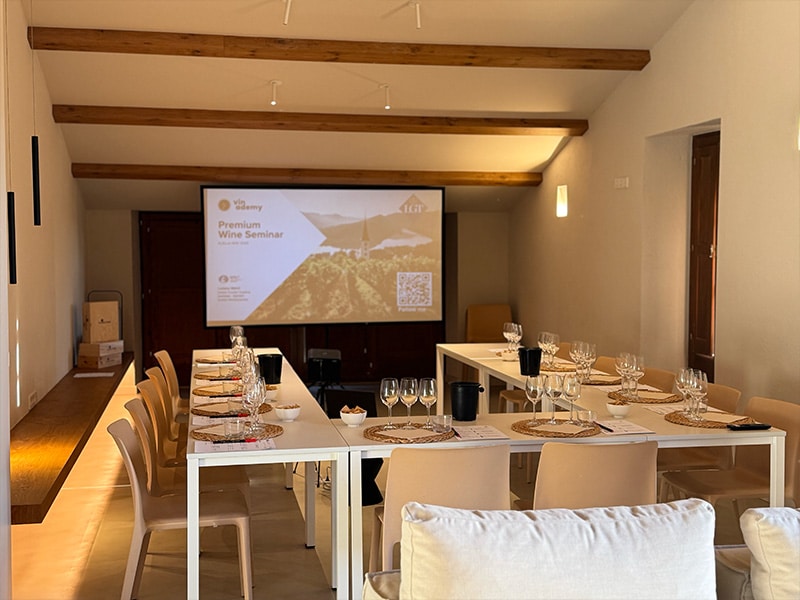
The Purity of Whites: Latitude, Light, and Minerality

We began in the Southern Hemisphere, with a burst of New Zealand Marlborough Sauvignon Blanc, a wine that expresses light itself. High UV radiation, long sunshine hours, and stony alluvial soils create a signature profile of gooseberry, passion fruit, and citrus zest, amplified by thiol compounds released through controlled reductive winemaking. It was the perfect lesson on how climate intensity and canopy management shape aromatic precision.
From there, we traveled to Meursault, Burgundy, a contrast in texture and subtlety. The Chardonnay here, born on limestone-marl soils, showcased the effect of bâtonnage and oak élevage, where yeast autolysis enriches mouthfeel and oxygen integration adds creamy layers of hazelnut and brioche. The group explored how malolactic conversion turns sharp malic acidity into velvety lactic smoothness.
Finally, we reached the Mosel Valley, Germany, tasting a Riesling that danced between sweetness and acidity like a tightrope walker. The slate soils’ heat retention, extreme slopes, and long ripening season illustrated how thermal inertia and vine stress can produce wines of electric tension and crystalline precision.
The Power of Reds: Altitude, Latitude, and Human Intention
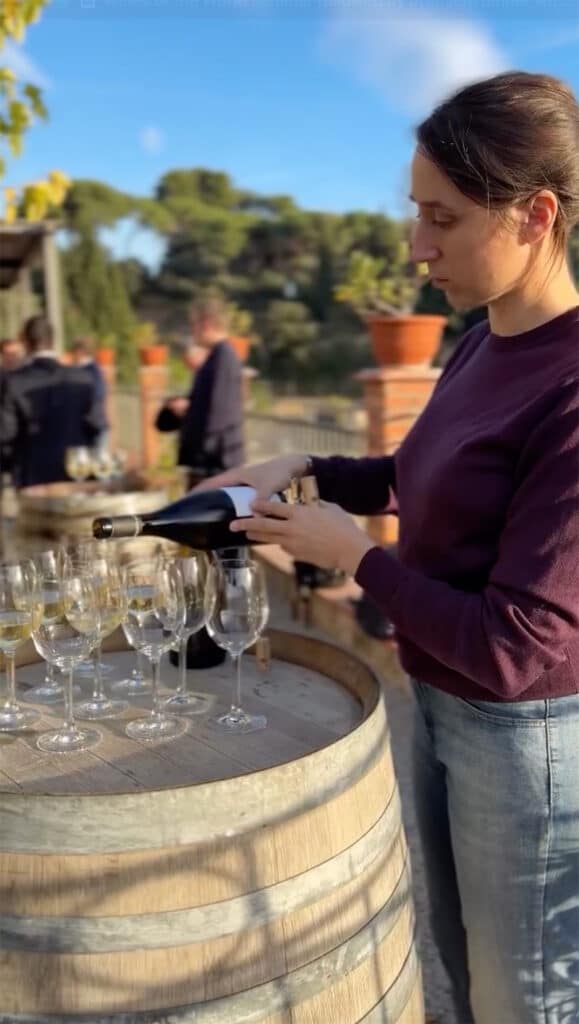
The second flight focused on red varieties, exploring how terroir can sculpt structure and aromatic complexity.
We began again in New Zealand, but this time from the cool, wind-swept Martinborough, where Pinot Noir thrives in loess and gravel soils. Elegant and perfumed, it set the tone for understanding how phenolic ripeness and gentle extraction shape wines of finesse rather than force.
Then came altitude, quite literally, with Salta Malbec from Argentina’s high Andes vineyards at 3000 meters. The extreme diurnal range and solar intensity produce deep color, velvety tannins, and violet aromatics, a living example of how UV-induced anthocyanin synthesis defines mountain wines.
The tasting continued to Australia, where a Shiraz from a warm region demonstrated the art of ripe phenolics balanced by controlled oak and minimal filtration, a showcase of power polished by precision.
From Stellenbosch, South Africa, we experienced a Cabernet blend that married the Old World’s structure with the New World’s generosity, proving how granite soils and maritime influence converge in equilibrium.
Finally, we crossed to the Pacific Northwest, to taste a Washington State Cabernet Sauvignon, dark, refined, and expressive of basalt-derived soils and a continental climate moderated by the Columbia River. The discussion highlighted the relationship between soil minerality and pH, influencing not only structure but also aromatic lift.
The Wisdom of Time: Tradition and Aging
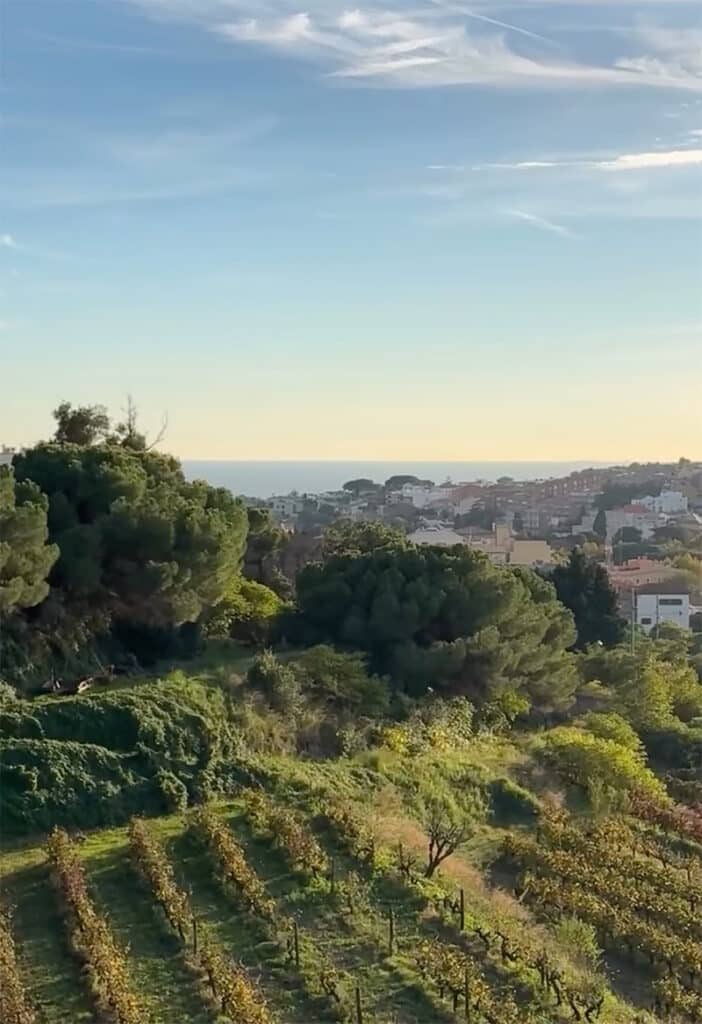
The last flight was a dialogue between history and evolution.
A Rioja Reserva, silky, complex, and marked by oxidative élevage — illustrated how American oak, micro-oxygenation, and bottle aging generate tertiary notes of leather, tobacco, and dried fruit.
Then came Pauillac, Bordeaux, an archetype of Cabernet Sauvignon’s noble austerity. Gravel soils, Atlantic influence, and centuries of savoir-faire combined to produce a wine of layered cassis, graphite, and cedar, a masterclass in how structure and longevity are crafted through both geology and human restraint.
And finally, we crossed to Jerez, tasting a Palo Cortado Lustau VORS 30 Years presented by my friend Lucas Gailhac (Wine & Sherry Expert, WSET3), a wine that bridges the freshness of an Amontillado and the depth of an Oloroso. With notes of orange peel, toasted hazelnut, varnished wood, and saline umami, it reminded everyone that time doesn’t just age wine, it sculpts it. The group explored how controlled oxidation, fractional blending, and biological aging create a complexity that only patience can achieve.
This final comparison allowed participants to taste time itself, to feel how the slow transformation of tannins and esters in bottle can shift a wine’s entire aromatic architecture.
Beyond the Glass.
The Science of Sensation
Throughout the seminar, we practiced blind tasting techniques, focusing on analytical reasoning rather than instinct alone. Participants learned to identify key markers of origin, climate, and winemaking, from thiol intensity to oak integration, from malic acid traces to volatile phenols. We discussed how aging modifies molecular expression, as esters hydrolyze and aldehydes form, enriching the wine’s aromatic palette.
The essence of blind tasting, I reminded the group, lies not in guessing the label but in understanding the dialogue between nature and technique.

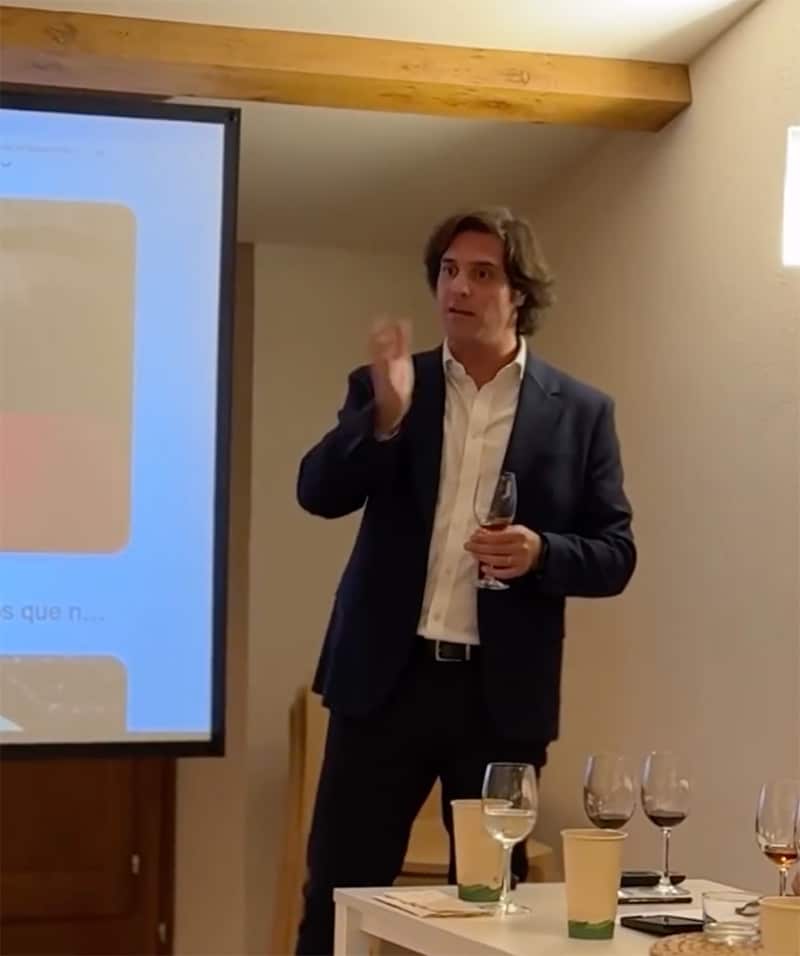
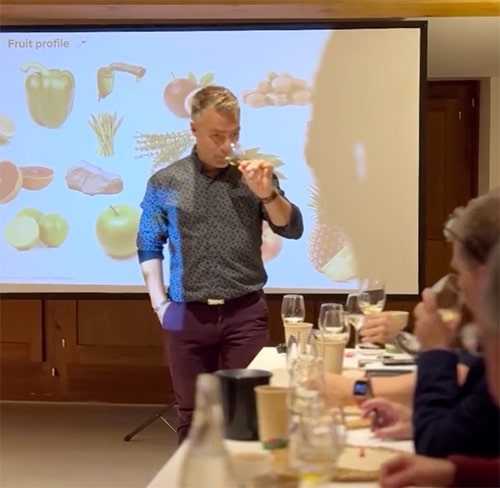
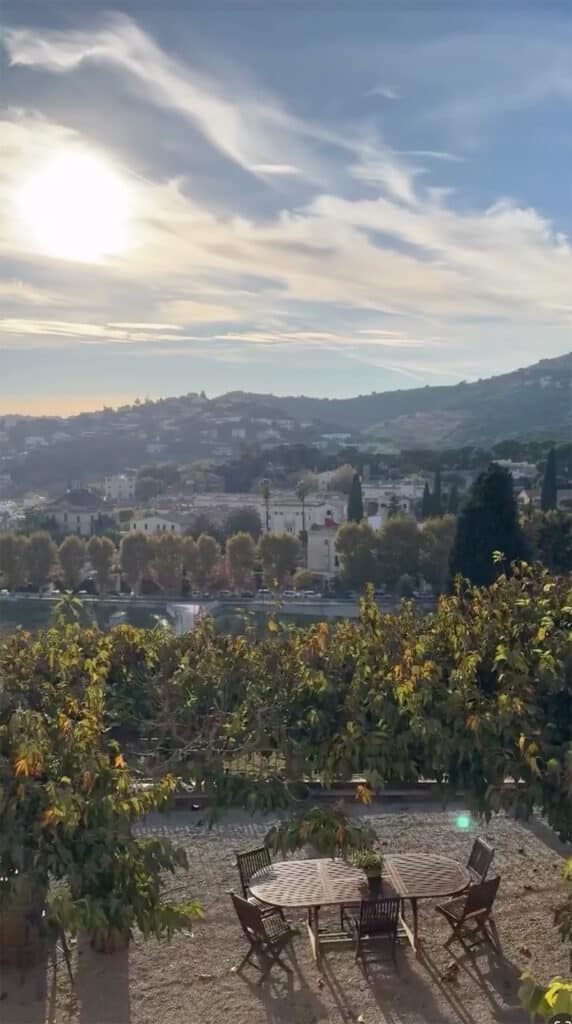
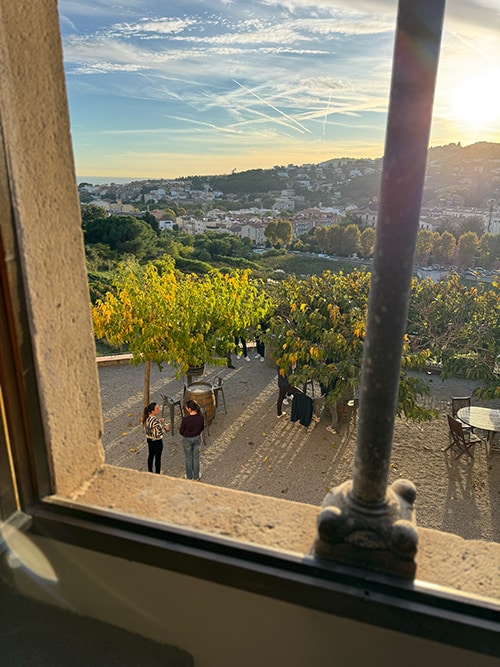

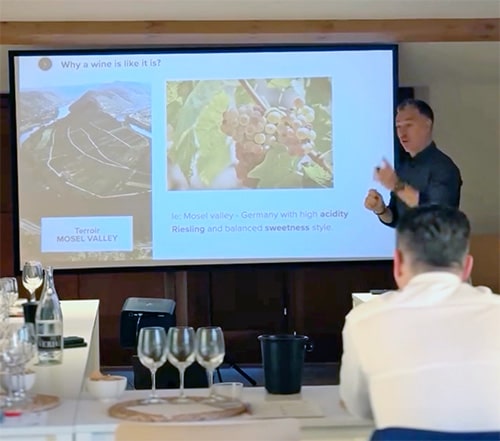


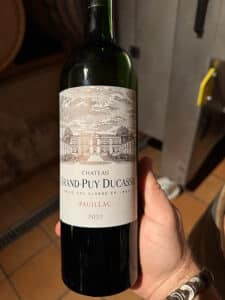



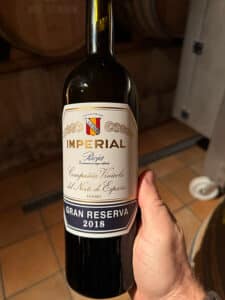
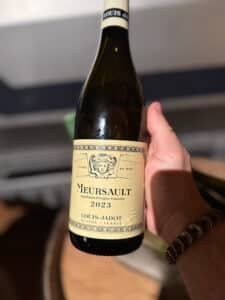

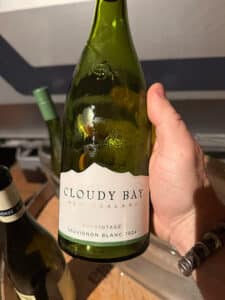

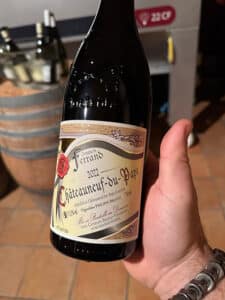


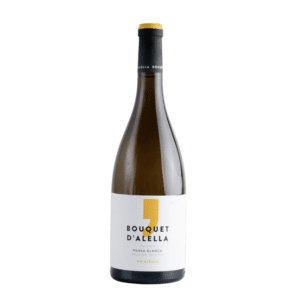

Premium dinner with private chef at the winery
To close the evening, we enjoyed a premium private dinner prepared by chef Annette Schroeder (@chef_annette_schroeder), crafted to match the elegance of the wines and the Mediterranean setting. We began with a refreshing gazpacho de melón con menta y almendra, followed by a seasonal soup, both designed to awaken the palate. The first course, a house salad with honey-mustard vinaigrette, offered a bright and balanced interlude before the main dish: a perfectly cooked roast beef with pepper and rosemary, served alongside delicate potatoes au gratin.
The dinner concluded with a silky pannacotta topped with seasonal fruits, a refined finish that mirrored the finesse of the wines tasted throughout the seminar.
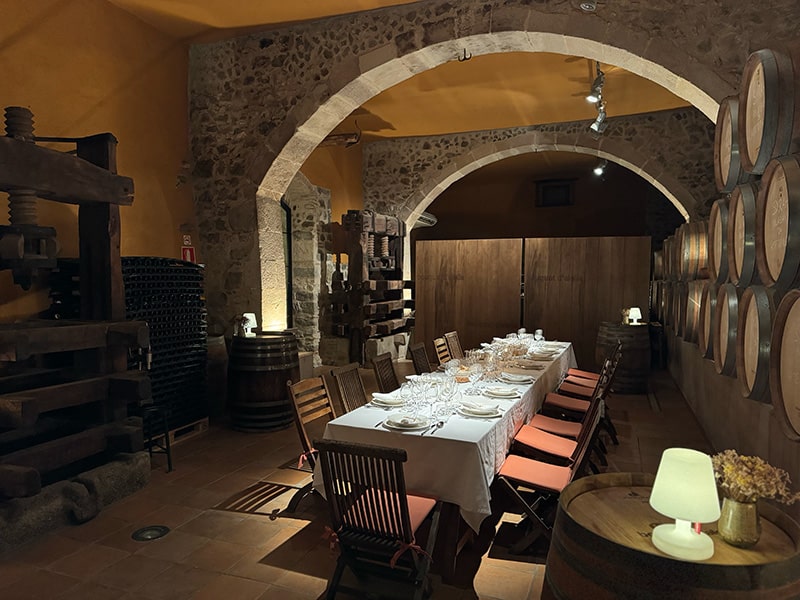
Wines enjoyed during the dinner were:
Bouquet d’Alella Garnacha Blanca Brisat, Bouquet d’Alella Syrah, Priorat Scala Dei Cartoixa 2019, Domaine de Ferrand Châteauneuf-du-Pape 2022, Brunello di Montalcino Pianrosso 2017.
My closing reflections
Late in the evening, over the Mediterranean hills of Alella, glasses empty but minds full, I felt reminded that great wines are more than fermented grape juice, they are geological memory, human creativity, and biochemical art in liquid form.
From Marlborough’s blinding light to Pauillac’s timeless gravel, this seminar reaffirmed that while regions differ, the pursuit of balance, authenticity, and emotional resonance is universal.
Because in the end, wine is not only about what we taste, it’s about what we understand.

